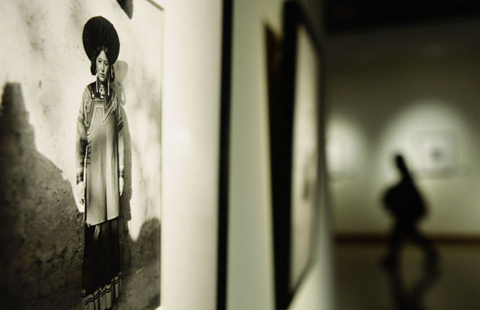Found in translation
By Mike Peters ( China Daily ) Updated: 2014-03-16 08:07:41"It's very difficult to test ability," says Geoffrey Murray, a veteran British journalist in China who now lectures at the China Foreign Affairs University in the capital. "We test comprehension in multiple ways."
One of Murray's jobs is to prepare students for the CATTI, or the China Accreditation Test for Translators and Interpreters. Developed in 2003, it has separate tests for interpreting (designed to test comprehension) and translation (more focused on language use and grammar skills).
At Level 3, the easiest, about 30 percent of test-takers pass, while just 10 percent get through at Level 2. Level 2 certification is good for three years and then must be renewed. Today the rigorous CATTI is generally accepted for English, Japanese, Arabic, French and Spanish around the world. (There's also a brand-new test for professionals administered by the United Nations.)
"I'm constantly designing in-class exercises to expose students to different situations in the working world they will enter," says Murray, who's also the male voice on the pre-recorded oral exam. (Part of the test is recorded by a woman, whose accent is North American.)
"In class, I ask them to do a conference interpretation module - there is big demand for that - as well as playing a role at a press conference, being interviewed or interviewing, and conducting a business negotiation."
He also gives students Ted.com postcasts to accurately summarize to expose them to different dialects.
The CATTI Level 2 certificate is a passport to most good jobs in the field in China.
Often, it's also a passport out of the country.
"Getting into universities in the UK and the US is very competitive," Murray says. "The outside institution is always eager to get a sense of how good the candidate's English ability is, and CATTI certification is a big plus. It's proof of practical ability and more impressive than just having a good score on the IELTS or TOEFL test, the proficiency tests required by most schools abroad."
One challenge is that Chinese students are conditioned to be timid and literal, rarely rethinking translations like this one: "Two farmers have dedicated their lives to developing half-bred rapes for the past 36 years." (The farmers were growing hybrid rapeseed.) So editors must do a lot of rewriting to ensure sense and a readable word flow.
Experts also say translators need to be more tech-savvy and know their way around computer-assisted translation, or CAT as it's known in the trade.
Tian Huicai, who runs a language consultancy in Beijing, says "70 percent of our foreign counterparts are doing CAT, while only 30 percent of Chinese translators are doing it. A lot of us are still using traditional dictionaries".
Finally, despite the fact that Chinese students have often been studying English for 15 years before they seek a master's degree in translation and interpreting, the language instruction is often poor and the resources are thin.
One example is the immense New Age Chinese-English Dictionary, a classic volume that has been a standard in schools for many years.
"Like many bilingual dictionaries, it's old and full of errors," Murray says.
It's arguably an ironic example of meaning lost in translation. He participated in a 2.5-year effort to improve it, he says, that required rewriting virtually every entry.
That done, the new reference is due to be published later this year. Like the recent introduction of a master's degree program for translators and interpreters, it's one of many steps China is taking to make sure its story is better understood in the world.
Wang Peng contributed to this story.
|
|
|
|
|
|
|
|

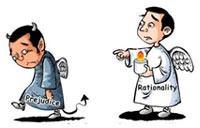

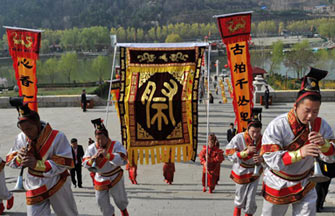

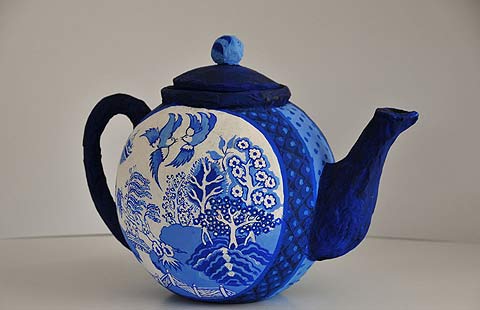

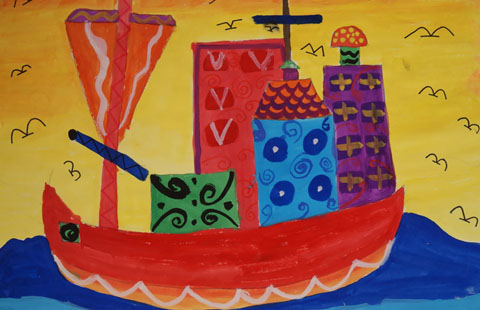




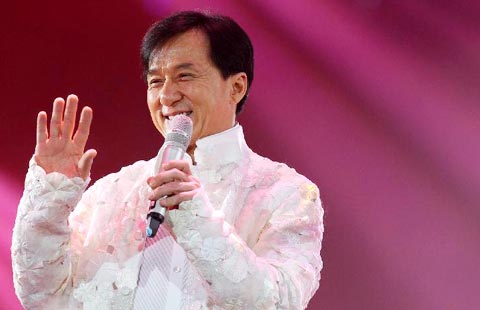







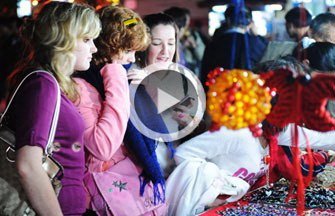
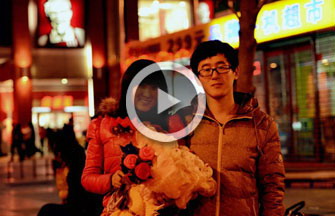
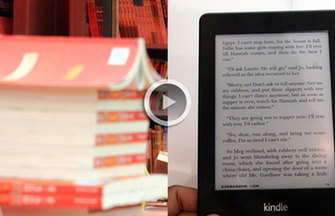
 Raymond Zhou:
Raymond Zhou: Pauline D Loh:
Pauline D Loh: Hot Pot
Hot Pot Eco China
Eco China China Dream
China Dream China Face
China Face



